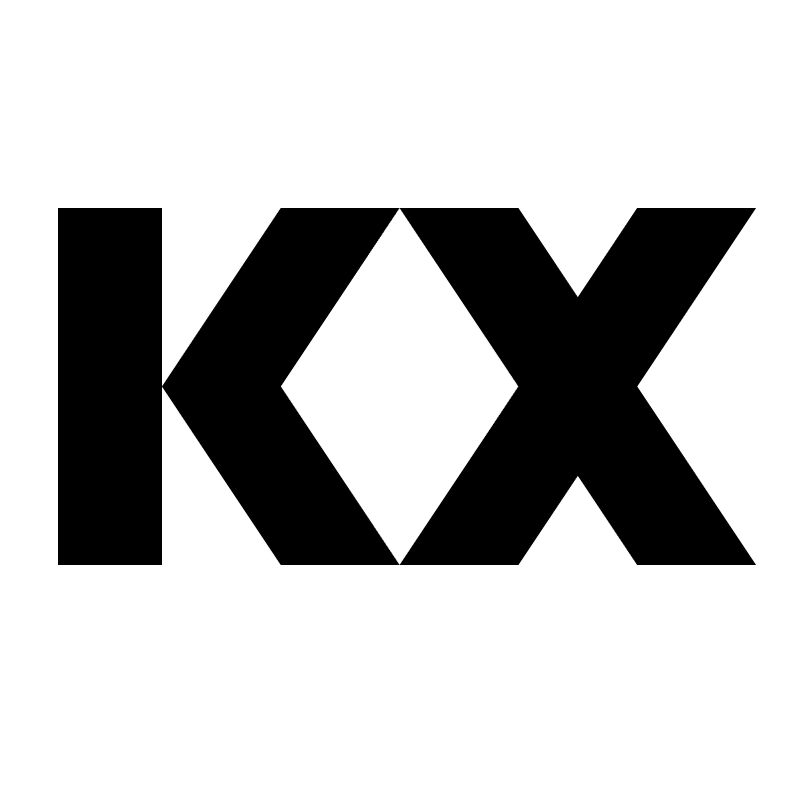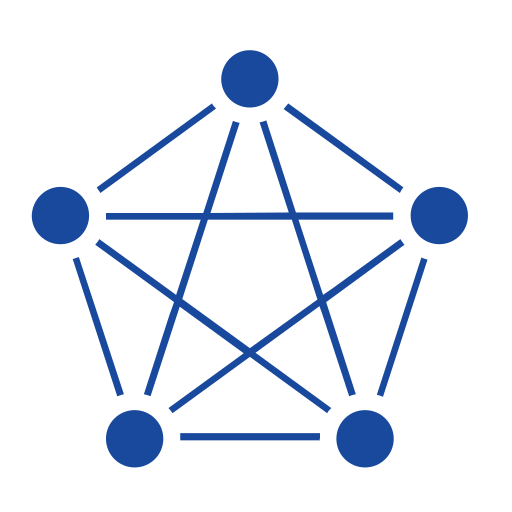Kdb vs TDengine
A detailed comparison
Compare Kdb and TDengine for time series and OLAP workloads
Learn About Time Series DatabasesChoosing the right database is a critical choice when building any software application. All databases have different strengths and weaknesses when it comes to performance, so deciding which database has the most benefits and the most minor downsides for your specific use case and data model is an important decision. Below you will find an overview of the key concepts, architecture, features, use cases, and pricing models of Kdb and TDengine so you can quickly see how they compare against each other.
The primary purpose of this article is to compare how Kdb and TDengine perform for workloads involving time series data, not for all possible use cases. Time series data typically presents a unique challenge in terms of database performance. This is due to the high volume of data being written and the query patterns to access that data. This article doesn’t intend to make the case for which database is better; it simply provides an overview of each database so you can make an informed decision.
Kdb vs TDengine Breakdown
 |
 |
|
| Database Model | Time series and columnar database |
Time series database |
| Architecture | Kdb can be deployed on-premises, in the cloud, or as a hybrid solution. |
TDengine can be deployed on-premises, in the cloud, or as a hybrid solution, allowing flexibility in deployment and management. |
| License | Closed source |
AGPL 3.0 |
| Use Cases | High-frequency trading, financial services, market data analysis, IoT, real-time analytics |
IoT data storage, industrial monitoring, smart energy, smart home, monitoring and observability |
| Scalability | Highly scalable with multi-threading and multi-node support, suitable for large-scale data processing |
Horizontally scalable with clustering and built-in load balancing. TDengine also provides decoupled compute and storage as well as object storage support for data tiering in some versions |
Looking for the most efficient way to get started?
Whether you are looking for cost savings, lower management overhead, or open source, InfluxDB can help.
Kdb Overview
kdb+ is a high-performance columnar, time series database developed by Kx Systems. Released in 2003, kdb+ is designed to efficiently manage large volumes of data, with a primary focus on financial data, such as stock market trades and quotes. It is built on the principles of the q programming language, which is a descendant of APL and K. The database is known for its speed, scalability, and ability to process both real-time and historical data.
TDengine Overview
TDengine is a high-performance, open source time series database designed to handle massive amounts of time series data efficiently. It was created by TAOS Data in 2017 and is specifically designed for Internet of Things (IoT), Industrial IoT, and IT infrastructure monitoring use cases. TDengine has a unique hybrid architecture that combines the advantages of both relational and NoSQL databases, providing high performance, easy-to-use SQL for querying, and flexible data modeling capabilities.
Kdb for Time Series Data
kdb+ is designed to store time series data, making it a natural fit for applications that require high-speed querying and analysis of large volumes of data. Its columnar storage format allows for efficient compression and retrieval of time series data, while its q language provides a powerful and expressive means to manipulate and analyze the data. kdb+ is especially strong for financial data, though it can be used for other types of time series data as well.
TDengine for Time Series Data
TDengine is designed from the ground up as a time series database, so it will be a good fit for most use cases that heavily involve storing and analyzing time series data.
Kdb Key Concepts
- q language: A high-level, domain-specific programming language used for querying and manipulating data in kdb+. It combines SQL-like syntax with a functional programming style.
- Columnar storage: kdb+ stores data in columns, rather than rows, which allows for faster querying and analysis of time series data.
- Tables: kdb+ stores data in tables, which are similar to relational tables, but with a focus on columnar storage and time series data.
- Splayed tables: A table storage format where each column is stored in a separate file, further enhancing query performance.
TDengine Key Concepts
- Super Table: A template for creating multiple tables with the same schema. It’s similar to the concept of table inheritance in some other databases.
- Sub Table: A table created based on a Super Table, inheriting its schema. Sub Tables can have additional tags for categorization and querying purposes.
- Tag: A metadata attribute used to categorize and filter Sub Tables in a Super Table. Tags are indexed and optimized for efficient querying.
Kdb Architecture
kdb+ is a columnar, time series database that employs a custom data model tailored for efficient storage and querying of time series data. It does not use traditional SQL, but instead relies on the q language for querying and data manipulation. The architecture of kdb+ is designed for both in-memory and on-disk storage, with the ability to scale horizontally across multiple machines. The primary components of kdb+ are the database engine, the q language interpreter, and the built-in web server.
TDengine Architecture
TDengine uses a cloud native architecture that combines the advantages of relational databases (support for SQL querying) and NoSQL databases (scalability and flexibility).
Free Time-Series Database Guide
Get a comprehensive review of alternatives and critical requirements for selecting yours.
Kdb Features
High performance
kdb+ is known for its speed and performance, with its columnar storage format and q language allowing for rapid querying and analysis of time series data.
Scalability
kdb+ is designed to scale horizontally, making it suitable for handling large volumes of data across multiple machines.
q language
The q language is a powerful, expressive, and high-level language used for querying and manipulating data in kdb+. It combines SQL-like syntax with a functional programming style.
TDengine Features
Data ingestion
TDengine supports high-speed data ingestion, with the ability to handle millions of data points per second. It supports batch and individual data insertion.
Data querying
TDengine provides ANSI SQL support with additional that allows users to easily query time series data using familiar SQL syntax. It supports various aggregation functions, filtering, and joins.
Data retention and compression
TDengine automatically compresses data to save storage space and provides data retention policies to automatically delete old data.
Kdb Use Cases
Financial data analysis
kdb+ is widely used in the financial industry for the storage and analysis of stock market trades, quotes, and other time series financial data.
High-frequency trading
kdb+ is a popular choice for high-frequency trading applications due to its high performance and ability to handle large volumes of real-time data.
IoT and sensor data
kdb+ can be used to store and analyze large volumes of time series data generated by IoT devices and sensors, though its primary focus remains on financial data.
TDengine Use Cases
IoT data storage and analysis
TDengine is designed to handle massive amounts of time series data generated by IoT devices. Its high-performance ingestion, querying, and storage capabilities make it a suitable choice for IoT data storage and analysis.
Industrial IoT monitoring
TDengine can be used to store and analyze data from industrial IoT sensors and devices, helping organizations monitor equipment performance, detect anomalies, and optimize operations.
Infrastructure Monitoring
TDengine can be used to collect and analyze time series data from IT infrastructure components, such as servers, networks, and applications, facilitating real-time monitoring, alerting, and performance optimization.
Kdb Pricing Model
kdb+ is a commercial product, with pricing depending on the deployment model and the number of cores or servers used. Kx Systems offers a free 32-bit version of kdb+ for non-commercial use, with limitations on the amount of memory that can be used. For commercial deployments and full-featured versions, users must contact Kx Systems for pricing details.
TDengine Pricing Model
TDengine is open source and free to use under the AGPLv3 license. TDengine also offers commercial licenses and enterprise support options for organizations that require additional features, support, or compliance with specific licensing requirements.
Get started with InfluxDB for free
InfluxDB Cloud is the fastest way to start storing and analyzing your time series data.
